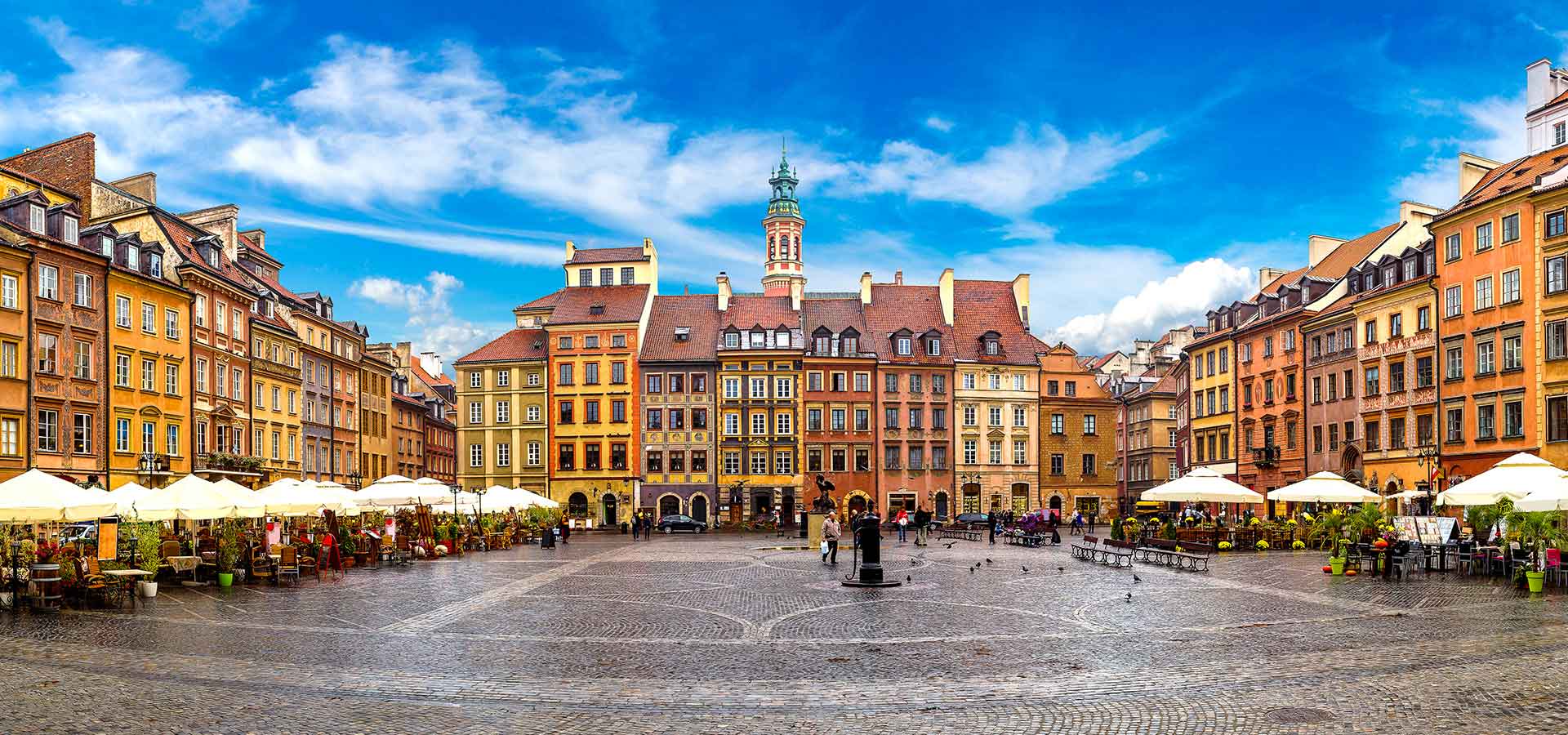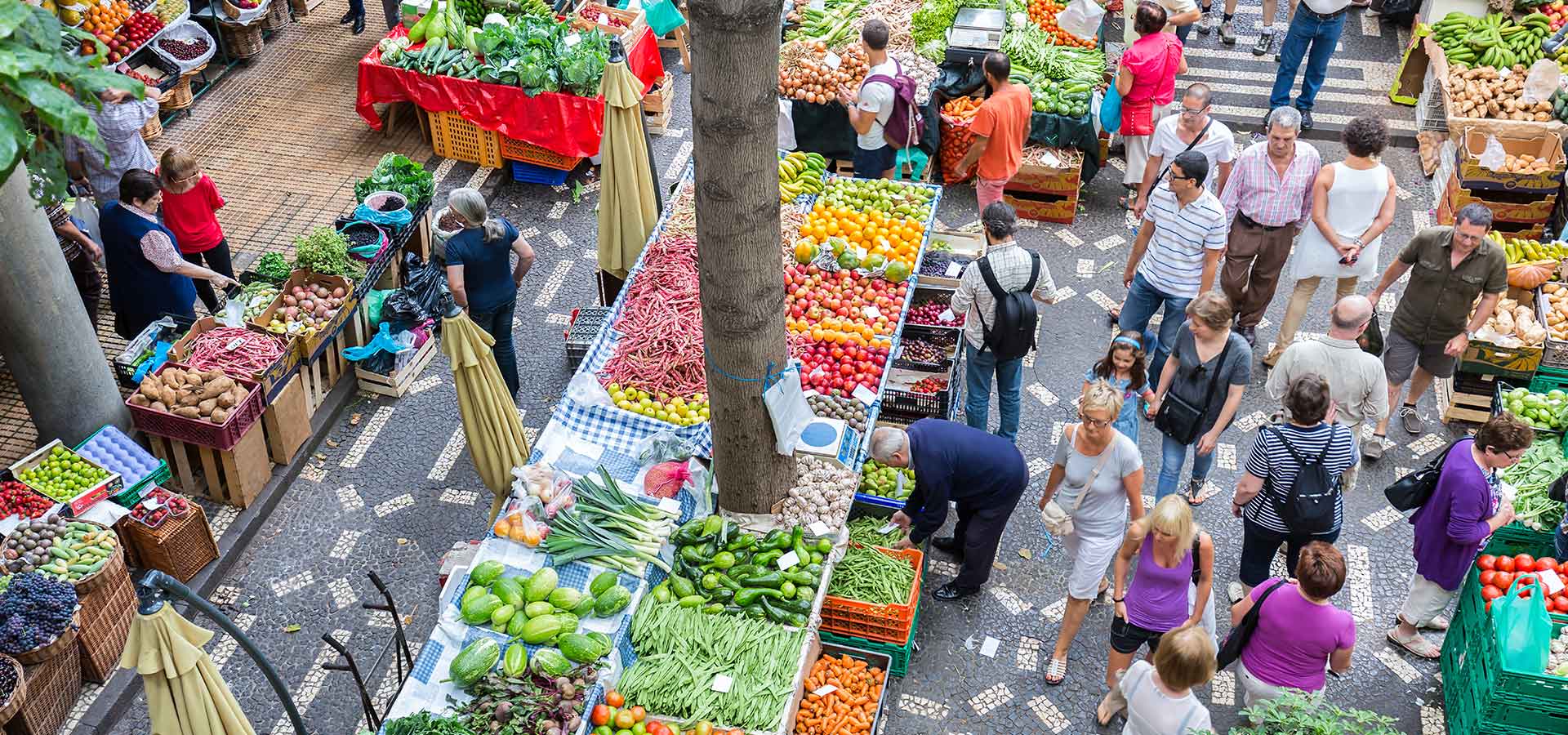Africa About a destination History and culture
Close your eyes and picture yourself in your small Essaouira riad in the early morning. Despite your body telling you to stay in bed, you find the strength to wake up and go explore the blue and white medina. After a detour to the port where multicoloured-net boats bring back an impressive number of fish, you head to the linear alleys. It may be too early to witness the artisan and merchant stands, but your sense of smell is awakened. You can smell the perfumes and spices coming from behind some of these closed doors, and behind some others, you’ll sense a strong thuja smell. That’s the door of a carpenter’s workshop. Just like his father and grandfather before him, he makes pearly rosewood chests and lemon-wood coffee tables. Cabinetmaking, tadelakt, zellige, carpets, pottery, leather, ironwork, stucco… Moroccan handicraft reflects a world of unexpected richness shaped over the centuries as well as exchanges between different cultures. Today, we’ll be travelling to a place where small gestures create great wonders!

Once converted to Islam, Morocco quickly faced a constraint that forced it to innovate in terms of decorative arts. The precepts of the prophet and his descendants would forbid copying what God himself had created. Without paint or statues, how could one embellish a sacred place’s walls or a house’s rooms? Zellige’s origin is a mystery, but a little imagination may suggest they were inspired by the Roman mosaics that have been around Morocco for centuries. This geometric arrangement made up of small tiles called tesserae is composed of thousands of coloured pieces. Mainly found on walls, zellige eventually became more accessible and started being used on floors, fountains and even table tops nowadays. This decorative art’s success was quickly noticed and soon enough, all of Maghreb and Andalusia were covered in zellige. Trust us when we say that the mosques, palaces and hotels you’ll see in Morocco will not fail to impress you!

All Moroccans will tell you… Morocco is a cold country under a hot sun! Temperatures in the Sahara and Atlas territories are extreme. While temperatures in the desert can reach up to 45 degrees Celsius in the summer, the Atlas Mountains will regularly see snow in the winter. In addition to rammed earth walls, tadelakt initially comes from the need to waterproof water tanks. Seeing how successful it was, the technique was then reused to protect houses from the rain and mushrooms. The word tadelakt directly comes from the Arabic verb “dalaka” that means to massage, rub, polish. This technique is an inheritance from the Berbers, Morocco’s first residents. Made with lime plaster, very dry desert sand, black soap and colour pigments, this colourful stucco remains warm in winter and cool in summer. On top of its technical qualities, tadelakt is the ideal product to add a touch of colour to interiors often lacking windows. That means the mâalem—or literally “those who possess knowledge”—have not only been protecting, but also been brightening the walls of Moroccan houses for thousands of years. Pink, purple or orange tinted, tadelakt is part of the country’s exotic charm!

Fez is a true maze where time doesn’t seem to exist. If you forget about the cellphones, watches and modern glasses, you could make no change to the scenery and film a scene straight out of Jesus’ life. It’s in this unique town that you’ll get the chance to discover an art that was inspired by its country. Following the tour guide won’t ever have been as important as it is in the Medina of Fez. As you get closer to the tanning souk, you’ll be offered small mint bouquets to cover the hardly bearable smell. And imagine, we’re several metres above the vats where the workers are tirelessly working. A few years ago, they would work feet soaked in saline solutions with no mask. Initially, tanneries would use goat skin and today, they tan everything from crocodile to shark skin. Bags, books, poufs, wallets, gloves, belts… the possibilities of unbeatable-quality products are endless. It’s a true delight for the eyes, but not so much for the nose!

Long before the Occidental foodie trend and people starting to photograph their food under every angle, Moroccan potters understood the importance of aesthetics! We’re drooling just thinking about a lemon and chicken tajine. Morocco is a culinary destination that has always known how to combine beauty and taste. As we first eat with the eyes, Morocco’s tableware encourages celebration. Three distinct styles have emerged within the country: Safi, Salé and Fez. Each one of them revisited great classics of Moroccan’s tableware such as couscous and tajine dishes, bowls and vases. Sophisticated and finely decorated, these urban styles are generally inspired by Islamic patterns, but the richness of Morocco’s pottery doesn’t stop there. There’s a difference to be made between the city and the countryside. In small villages, Berber designs free the artist and allow for a diverse variety. What better way to make people forget about your average cooking skills than a beautiful tajine dish? Because let’s face it, we’re not all stars in the culinary arena!

Obviously, when walking around the souks of Fez, Marrakech or Meknes, your eyes will be drawn to the country’s star: the carpet! They’re always well displayed outside the stores. It’ll be hard resisting snapping a picture in front of such an abundance of colours. Unfortunately, the love of carpets is not the most affordable one. Be aware that the merchants, who are always on the lookout for their new prey, will always be delighted to invite you in to discover some rarities. This art being developed long before the Arabs’ arrival, the classic Moroccan Berber carpet is characterized by the absence of silk, giving it a more handmade look. And you won’t be surprised to learn that this tedious task was assigned to generations of young women who succeeded one another behind rudimentary looms. Whether it’s a kilim (not to be mistaken with the Iranian kilim), a mind-blowing boucherouite (made from mismatched wool residues) or a simple but oh so comfortable Beni Ouarain, very few people are immune to the beauty of the star of Moroccan souks!
The beauty of handicraft partly comes from the ability to use these objects daily. What better way to reminisce of a trip, a place, a moment or an odour than the meticulous and aesthetic work of an artisan?

Historien et historien de l’art de formation, Patrice Gendron cumule plus de 25 ans d’expérience diversifiée dans le domaine du voyage. Passionné d’architecture, d’histoire et de cuisine, il a foulé chacun des continents à mainte reprise.

The European continent offers a wide variety of countries filled with attractions to please both new and experienced travellers. Today, we’re..

It may not be the most famous tourist destination in the world, but Poland is a fascinating country that’s sure to appeal to travellers in search of..

A stay in Portugal will inevitably lead to discovering new flavours and experiencing unforgettable culinary experiences. During your stay, make it a..